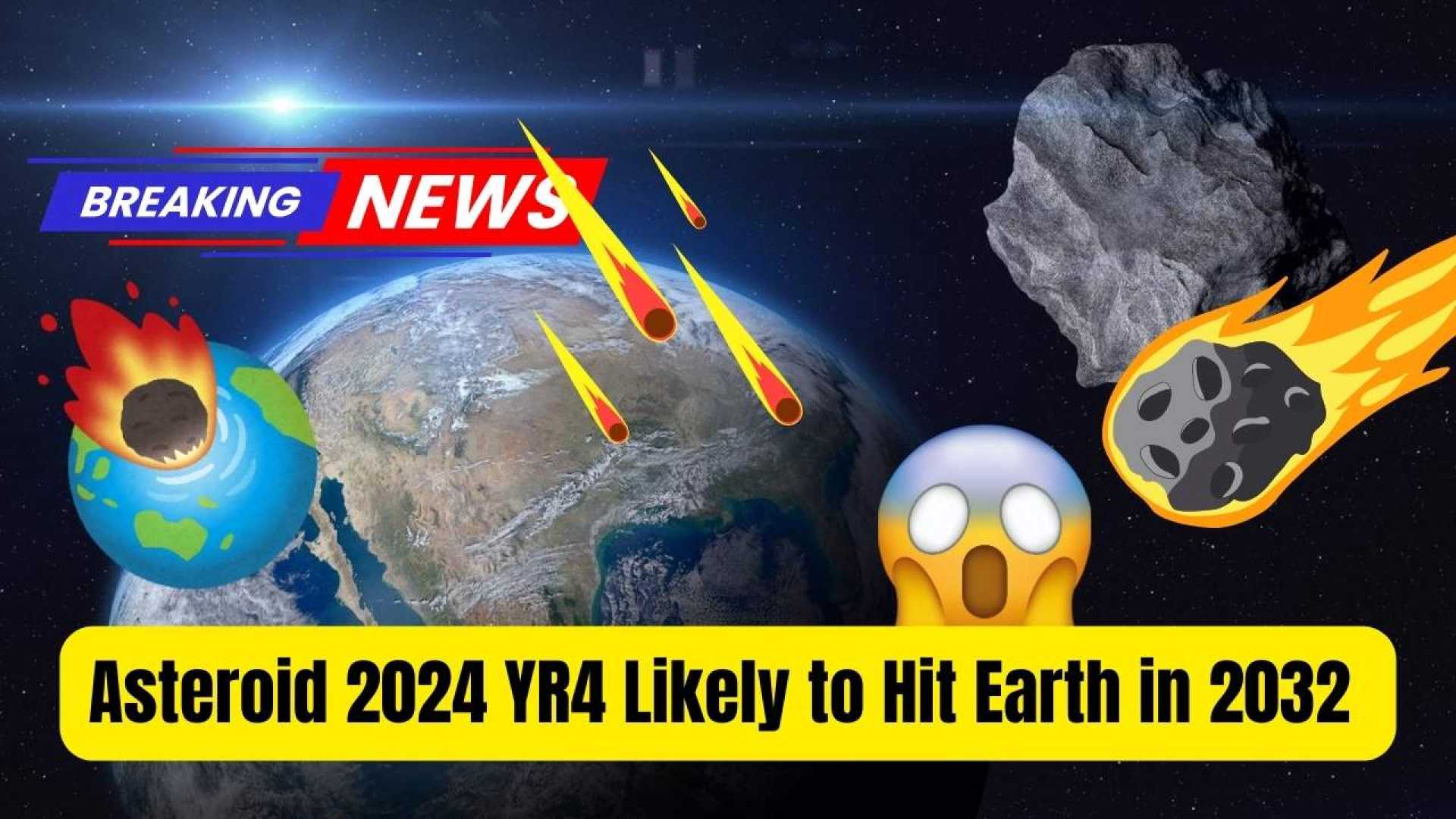News
Experts Discuss Strategies to Deflect Potential City-Destroying Asteroid

WASHINGTON, D.C. — A recently discovered asteroid, termed 2024 YR4, poses a small but notable chance of colliding with Earth in less than eight years. NASA has reported that the odds of an impact on December 22, 2032, have now increased to 3.1%, marking the highest probability for such a large space rock in modern forecasting.
Richard Moissl, head of the planetary defense office at the European Space Agency, urged the public not to panic. He noted that as astronomers gather more data, expectations are that the odds of a direct hit will initially rise before swiftly returning to zero. However, he reassured that humanity is not without options for defense.
Among strategies being considered to alter the trajectory of 2024 YR4, one of the most advanced is akin to a concept previously tested in NASA’s Double Asteroid Redirection Test (DART), where a spacecraft successfully changed the path of the 160-meter-wide Dimorphos asteroid. In this scenario, multiple spacecraft could be directed toward 2024 YR4 to observe how each would influence its trajectory, according to Bruce Betts, chief scientist at the Planetary Society.
Yet, caution remains paramount. Moissl stressed the potential risks of overzealous approaches. If an attempt to divert the asteroid results in breaking it apart, fragments could still pose a threat to various locations on Earth, potentially transforming a situation from a hit on one city to another, he explained.
One less invasive method is a “gravity tractor,” which relies on a spacecraft’s gravitational pull to nudge the asteroid away from a collision course without physical contact. Additionally, researchers are exploring the feasibility of using a constant stream of ions from a spacecraft to guide 2024 YR4 off its trajectory. Another intriguing proposal involves painting one side of the asteroid white to enhance its reflectivity, leading to a gradual trajectory change.
If time allows, these less drastic methods could prove effective. Yet, more aggressive responses remain on the table, including using nuclear devices. Unlike Hollywood depictions such as the 1998 film ‘Armageddon,’ the plan would involve detonating a nuclear bomb close to the asteroid rather than drilling into it.
Despite potential ethical and legal dilemmas regarding nuclear options in space, some researchers have demonstrated that X-rays from a nuclear explosion could effectively vaporize portions of an asteroid, causing it to shift away from Earth.
Moeisl indicated that the ultimate approach will depend greatly on further observations. He reiterated that though formidable methods exist to handle 2024 YR4, it is critical that the global community responds quickly. Should all defensive measures fail, there are contingency plans in place to prepare for impact, emphasizing evacuations of affected urban areas.
“Seven and a half years is a significant timeframe to prepare,” Moissl emphasized, reiterating that there is roughly a 97% likelihood that the asteroid will miss Earth entirely. Analysts, scientists, and world leaders must decide how best to proceed in the coming years.












